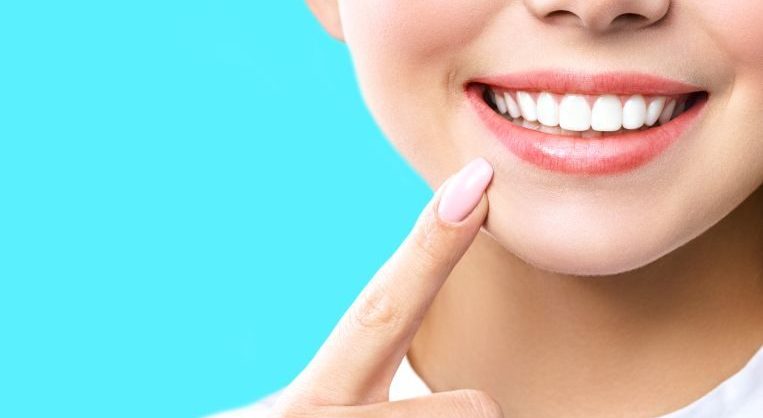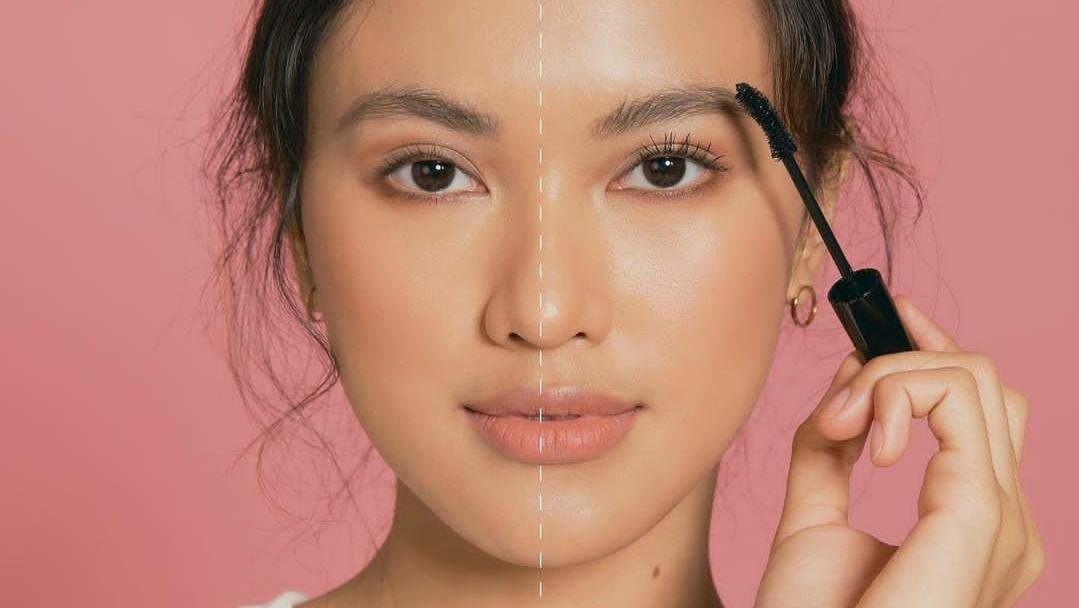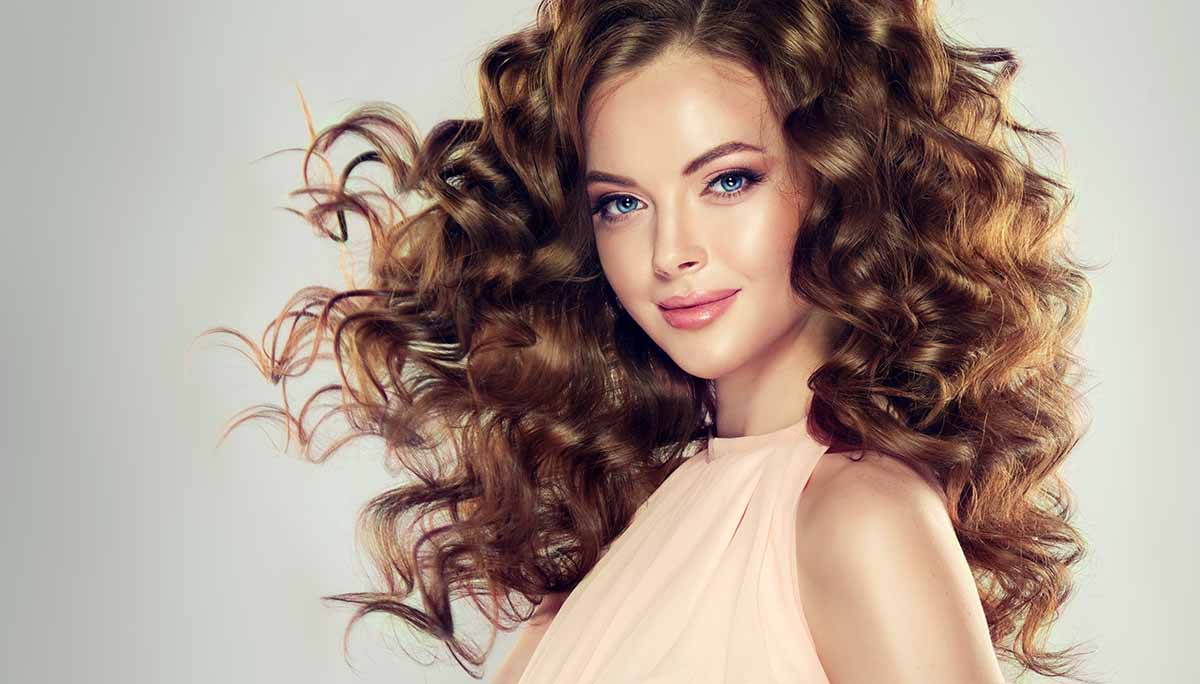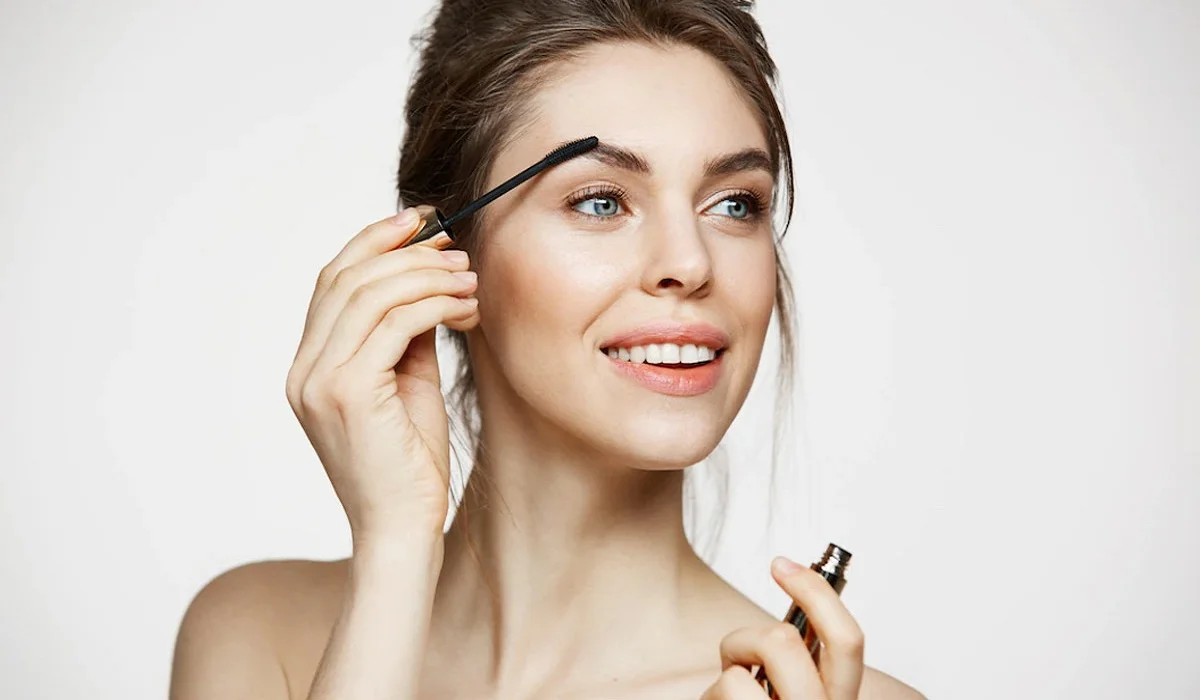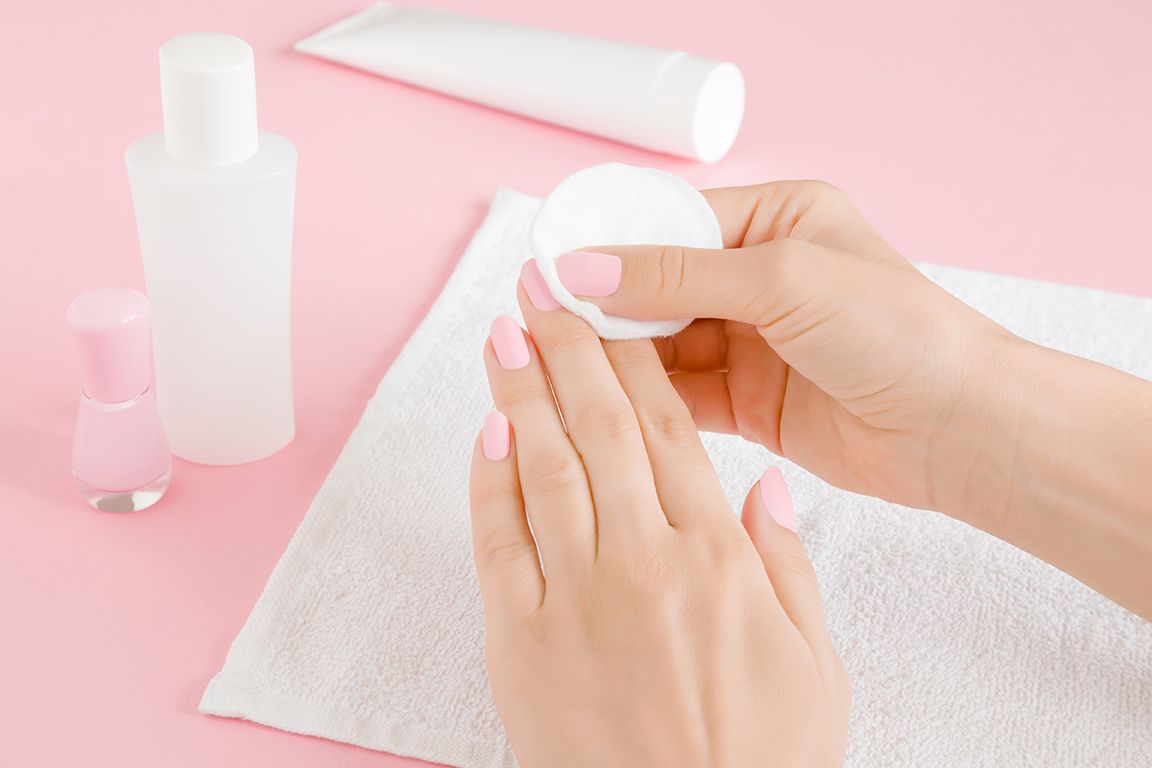Navigating the vast world of makeup can be overwhelming, especially when it comes to foundational products like concealer and foundation. These essentials lay the groundwork for a flawless makeup look, but their distinct purposes and application techniques can cause confusion. This guide demystifies concealer and foundation, highlighting their differences, benefits, and how to choose the right products for your skin type and concerns.
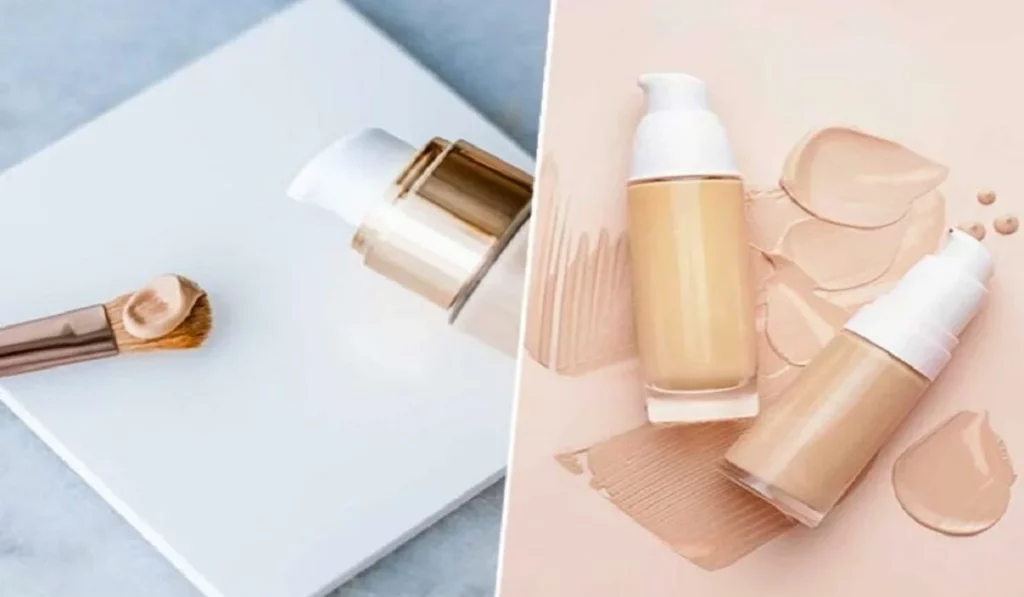
Understanding Foundation
The Purpose of Foundation
Foundation serves as a base for your makeup, designed to even out skin tone and provide a smooth canvas. It can range from sheer to full coverage, depending on the desired finish and the product’s formulation.
Types of Foundation: Liquid, Powder, Cream
Foundations come in various forms, including liquid, powder, and cream. Liquid foundations are versatile and suitable for most skin types, powder foundations work best for oily skin, and cream foundations offer dense coverage for dry or mature skin.
Matching Foundation to Your Skin Tone
Selecting the right foundation shade is crucial for a natural look. Test shades along your jawline in natural light and consider your skin’s undertone to find the perfect match.
Decoding Concealer
The Role of Concealer in Makeup
Concealer is used to cover imperfections such as blemishes, dark circles, and redness. It’s usually thicker than foundation and provides targeted coverage.
Different Types of Concealers and Their Uses
Concealers vary in consistency and coverage. Liquid concealers are great for under-eye areas, while stick or cream concealers are better for covering blemishes or scars.
Choosing the Right Shade and Formula
For under-eye concealer, choose a shade slightly lighter than your skin tone to brighten the area. For blemishes, match the concealer to your foundation shade. Consider your skin type when selecting a formula to ensure compatibility.
Foundation vs. Concealer: Key Differences
Coverage Level
Foundation provides a uniform base, while concealer offers high coverage for specific areas.
Texture and Finish
Foundations can have various finishes, from matte to dewy. Concealers typically have a thicker texture to provide concentrated coverage.
Application Techniques for Flawless Skin
Applying Foundation for Even Coverage
Start with a small amount and blend outward from the center of your face using a brush, sponge, or fingers. Build coverage as needed.
Concealer Application Tips for a Seamless Look
Apply concealer after foundation to avoid using more product than necessary. Dab gently over imperfections and blend edges for a smooth transition.
Combining Foundation and Concealer
Step-by-Step Guide for Layering
Apply foundation first to create an even base. Then, use concealer on targeted areas for additional coverage. Set with powder if desired.

Tips for a Natural-Looking Finish
Blend well and choose formulas and shades that complement your skin type and color. Avoid over-application to maintain a natural appearance.
Choosing Products for Specific Skin Concerns
Best Foundations and Concealers for Dry Skin
Opt for hydrating formulas that contain moisturizing ingredients to prevent flakiness and cakey appearance.
Recommendations for Oily and Acne-Prone Skin
Look for non-comedogenic and oil-free products that provide a matte finish and control shine throughout the day.
Sensitive Skin Solutions
Choose hypoallergenic and fragrance-free products to minimize the risk of irritation and allergic reactions.
The Role of Skin Care in Makeup Application
Preparing Your Skin for Makeup
Cleanse, moisturize, and apply a primer suited to your skin type to ensure a smooth makeup application and enhance durability.
The Importance of Hydration and Primer
Hydrated skin and a good primer can significantly improve the look and longevity of your foundation and concealer.
Troubleshooting Common Makeup Issues
Avoiding Cakey Foundation
Use a light hand, build coverage gradually, and ensure thorough blending to avoid a heavy, cakey look.
Concealing Under-Eye Circles and Blemishes
Choose the correct shade and formula for your concern. Apply in thin layers and set with a light dusting of powder to prevent creasing.
In the quest for perfect makeup application, understanding the roles and differences between foundation and concealer is crucial. By choosing the right products for your skin type and mastering application techniques, you can achieve a flawless, radiant complexion that highlights your natural beauty.
Why is it important to choose the right type of foundation and concealer for my skin type?
Choosing the correct type of foundation and concealer for your skin type ensures that the products enhance your skin’s appearance without causing additional issues, such as excessive dryness or oiliness.
Can I use concealer all over my face instead of foundation?
While concealer can be used for spot treatment or under the eyes, it’s generally too heavy for use as an all-over face product. Foundation is designed for broader coverage.
How can I prevent my concealer from creasing under my eyes?
To prevent creasing, apply a small amount of lightweight, hydrating concealer, and set it with a fine, translucent powder.
Is it necessary to use both foundation and concealer?
Not necessarily. Your choice to use both depends on your desired coverage level and the condition of your skin. Some people use only concealer for a more natural look, while others prefer the full coverage achieved by using both.
How often should I replace my foundation and concealer?
Generally, replace liquid foundations and concealers every 12 months to prevent bacterial growth and ensure the best performance.

